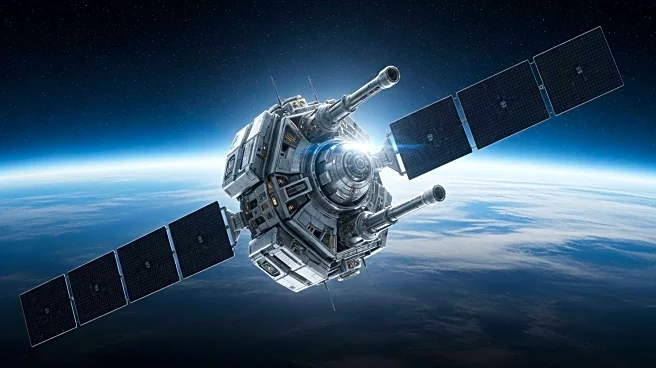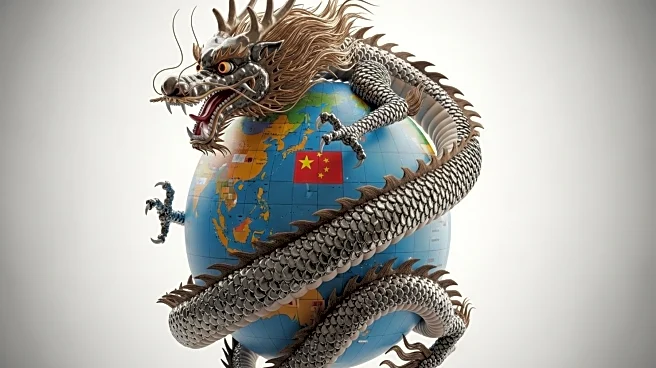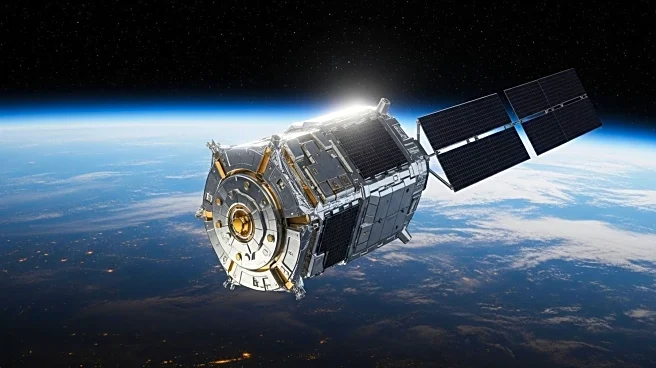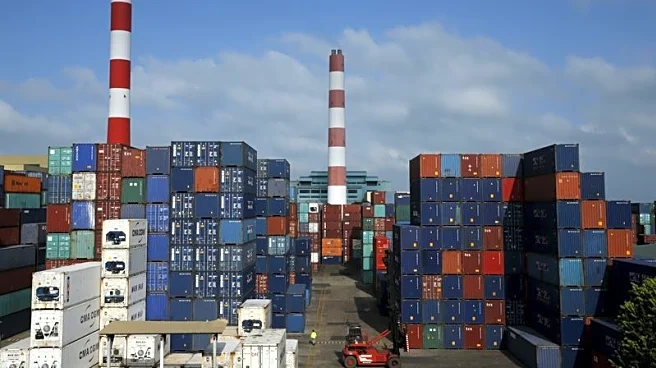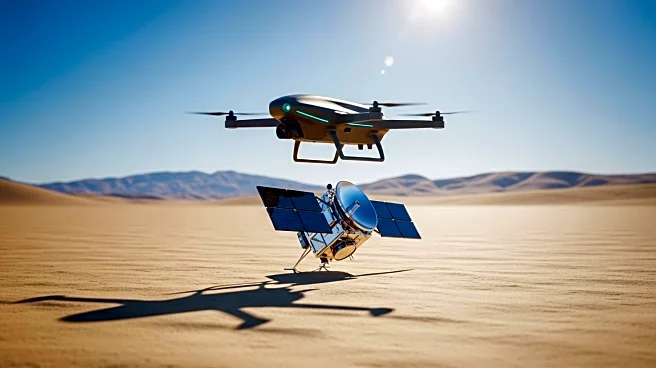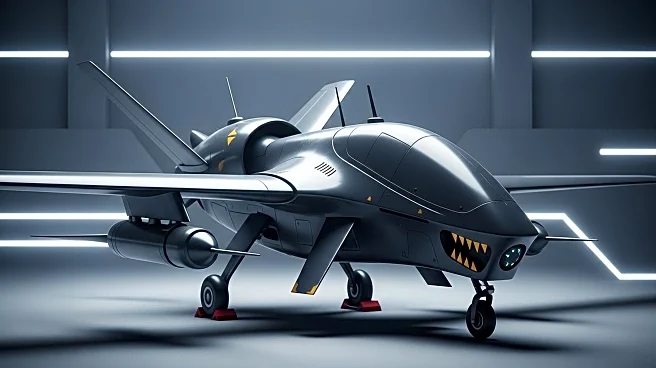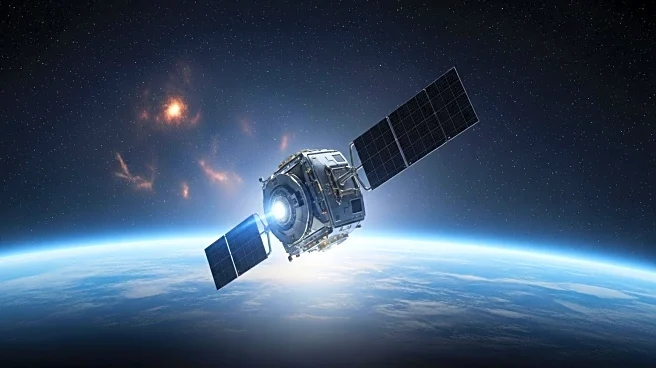What's Happening?
The Taipei Aerospace and Defense Exhibition (TADTE) 2025 showcased Taiwan's latest defense products, focusing on low-cost, high-impact weapons. The event highlighted Taiwan's strategy to counter potential Chinese aggression through asymmetric warfare. This approach involves using affordable weapons like loitering munitions and unmanned surface vehicles (USVs) to create a defensive 'hellscape' in the Taiwan Strait. Taiwan plans to increase its defense budget to 3.3% of GDP next year, aiming for 5% by 2030. The exhibition featured new acquisitions from the U.S., including Abrams tanks and HIMARS rocket launchers, and emphasized Taiwan's efforts to enhance self-sufficiency in defense production.
Why It's Important?
Taiwan's focus on asymmetric warfare reflects its strategic response to growing tensions with China. By investing in cost-effective defense systems, Taiwan aims to deter potential invasions while managing budget constraints. This strategy could influence regional security dynamics and prompt other nations to consider similar approaches. The increased defense budget and emphasis on self-sufficiency highlight Taiwan's commitment to strengthening its military capabilities. The exhibition also underscores the importance of international defense partnerships, particularly with the U.S., in supporting Taiwan's security objectives.
What's Next?
Taiwan's defense strategy will likely continue to evolve as it seeks to balance deterrence with economic considerations. The development and deployment of asymmetric weapons could lead to further innovations in defense technology. Taiwan's commitment to increasing its defense budget suggests ongoing investments in military capabilities, potentially influencing regional security policies. The focus on self-sufficiency may also drive domestic defense industry growth, fostering new collaborations and technological advancements.




